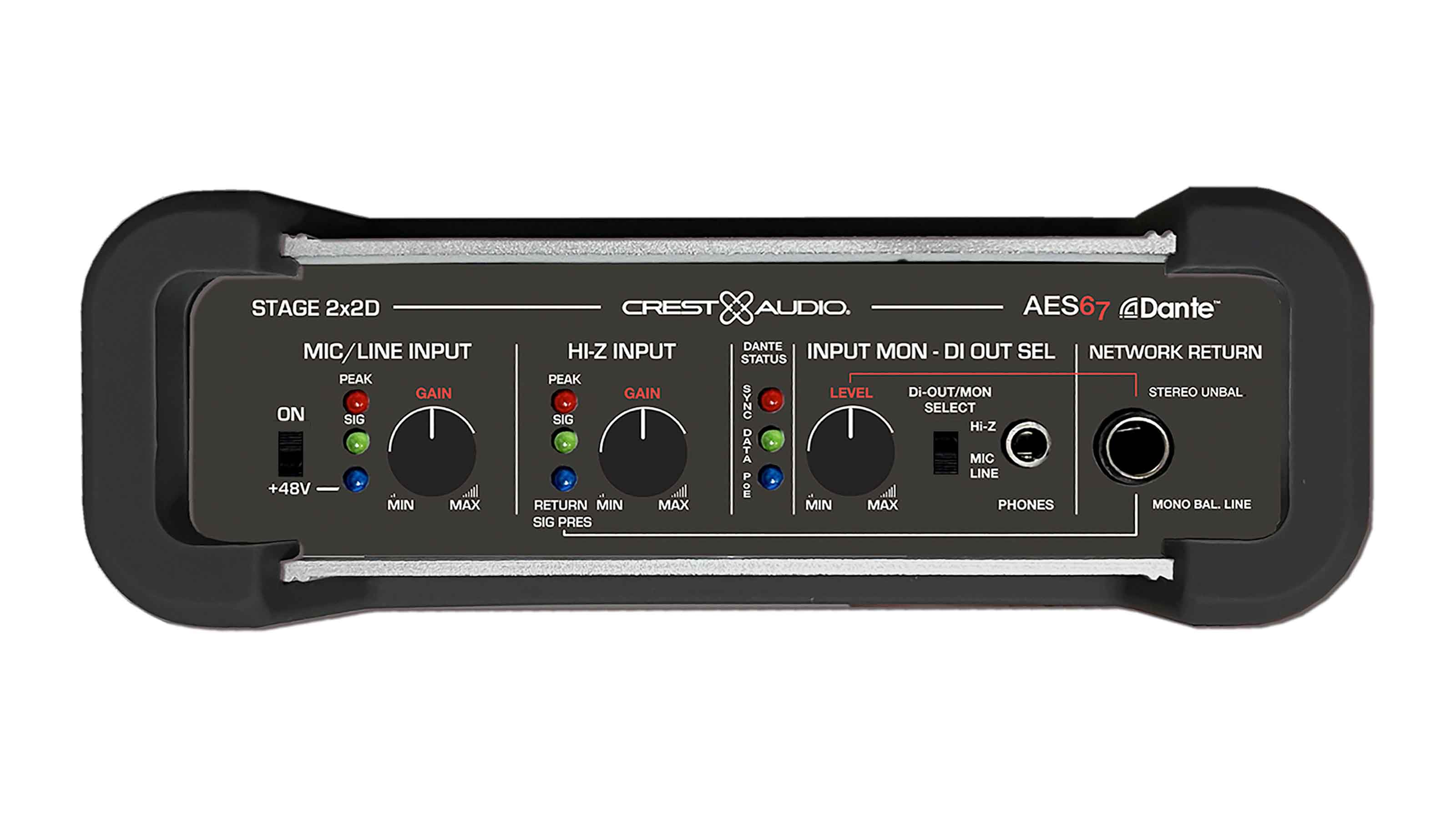Timing Is Everything
- Those who still travel by train regularly are aware how little has changed inside the stations scattered along the tracks. Today, just as was the case when conductors first started yelling "all aboard", the most prominent features in train stations are clocks and arrival and departure boards.
- In most stations, both of these items have been replaced by electronic means, and most announcements in the waiting areas and onboard the trains are now pre-recorded. But the behavior of passengers remains the same. Business commuters and leisure travelers still mingle in large groups near departure schedule displays, awaiting track assignments while waves of hurrying passengers ebb and flow everywhere.
- It's not surprising that the concepts of transportation and time are interconnected. The tracking of time became more precise with the invention of steam ships, the travels of which were far more predictable than the sailing vessels which preceded them. Suddenly arrivals could be predicted to the hour and maybe even the minute, and our concept of time has become more rigid ever since.
- This is especially the case in airports, where mere minutes can make or break an airline's reputation. But sit in an airport long enough (and many of us have experience there), and a strange phenomenon will become apparent. The generations have very different notions of time. The oldest among us still express time in the analog spirit, saying "twenty to six" instead of the "5:42 p.m." employed by mobile-phone toting young-uns. The former is much more approximate, more human. The latter is representative of how we must operate in the world today. We require absolute precision in the transference of information.
- Digital signage has been touted as the technology that best handles the ever-changing flow of information that surrounds us. But what of the verbal announcements that have long accompanied the visual displays in transportation venues? We've all witnessed the confusion that ensues when a PA announcement contradicts what the text says on the plasma screen behind the flight attendants.
- Unless PA announcements are successfully integrated with the shifts in visual information on screens, a slightly chaotic shuffling back and forth in the gate area is inevitable. Confusion aside, it is only going to become increasingly important that there be more technological coordination between audio and video messaging. Hopefully you will be able to convince your transportation clients that this is the case. If not, maybe we should take a cue from the imprecision of analog time, and relax a bit.
scn Newsletter
A daily selection of the top stories for AV integrators, resellers and consultants. Sign up below.
TOPICS
Kirsten Nelson is a freelance content producer who translates the expertise and passion of technologists into the vernacular of an audience curious about their creations. Nelson has written about audio and video technology in all its permutations for almost 20 years; she was the editor of SCN for 17 years.
Her experience in the commercial AV and acoustics design and integration market has also led her to develop presentation programs and events for AVIXA and SCN, deliver keynote speeches, and moderate and participate in panel discussions. In addition to technology, she also writes about motorcycles—she is a MotoGP super fan.
